VMworld US 2016: The Day 1 Buzz
VMworld TV has a preview of VMworld
Day 1 General Session
 This is VMware’s opportunity to articulate its strategy and help us understand where it is heading. I was not expecting too much technical information but rather some announcement highlights and a sense of how relevant VMware is in a rapidly changing cloud world. The theme of this year’s show is “be_Tomorrow” rather than 2015s “Ready for Any”. So, are we moving from a sort of getting ready for something phase to actually deploying the technology our future businesses can use?
This is VMware’s opportunity to articulate its strategy and help us understand where it is heading. I was not expecting too much technical information but rather some announcement highlights and a sense of how relevant VMware is in a rapidly changing cloud world. The theme of this year’s show is “be_Tomorrow” rather than 2015s “Ready for Any”. So, are we moving from a sort of getting ready for something phase to actually deploying the technology our future businesses can use?
CEO Pat Gelsinger started talking about his perspective on the industry of digital business (does anyone ever talk about analogue business!?) and of course on the state of the cloud. Poor Pat was recovering from a foot injury 10 weeks ago and still had to walk around the stage for 90 minutes.
The keynote had lots of customer references starting with GE and CVS pharmacy.
Pat then went through some figures showing cloud adoption. The forecast is 50% cloud usage (public and private) by 2021 and 50% public cloud adoption by 2030. I still wonder how people work out whether they actually have a private cloud. IoT was also mentioned, there will be 18 billion devices connected by 2020. Cloud IT is permeating the business and the physical world with IoT.
So, on to the announcements. I’ll be honest, I don’t think they did a great job articulating the why of what they are announcing. VMware has two issues which it is trying to work around. It has a portfolio that is difficult and expensive to integrate, this is hampering adoption of for example vRealize and also NSX. Secondly, VMware is seen as less relevant in the public cloud space due to a very traditional operating model for vCloud Air and a ever changing technology stack for its cloud software.
I find the terms used and sometimes products delivered over the years don’t necessarily build on each other and it feels like VMware is having to change tack a little too often. I will go further to say I believe the less than hoped for uptake of actual private cloud deployment rather than just standard virtualisation is directly due to the complexity of deploying VMware’s automation and cloud management platforms. Having both vCloud Director as well as vRealize as competing yet sometimes complimentary offerings has been crazy. If I had to ask how long would it take for you to set up a private cloud using VMware technologies, what would you say? I’m rambling I see, I’ll hopefully have more time to expand later.
So, onto the announcements.
VMware Cloud Foundation
VMware Cloud Foundation is a “VMware’s unified Software-Defined Data Center (SDDC) platform for the private and public cloud”. Their words not mine obviously. This bundles together vSphere, VSAN and NSX into an integrated stack to solve the deployment pain customers currently have.
I really want private cloud in a box that I can deploy very easily, hence my initial point, this could be moving towards this, hopefully VMware is getting over the integrators wanting professional services money for deploying complex VMware solutions, it shouldn’t be hard and shouldn’t cost you.
Together with the VMware Validated Designs, VMware looks like it is really opening up what the design should be for your private clouds and now how to deploy it. Think Azure stack and this is where they are targeting at least from a deployment stand point. Match that up with hyper-converged and you should be able to get your infrastructure up and running much more quickly. Hyper-converged with the hardware and Cloud Foundation for the software.
However as you may have spotted, Cloud Foundation doesn’t actually give you a cloud, there’s no vRealize anything. vRealize is the most complicated part to set up, I like the idea of Cloud Foundation but you need some cloud software or its just virtualisation.
As for specifics, Cloud Foundation has the new VMware SDDC Manager which is the smarts that shortens the stack deployment time, automating the installation, creation of management clusters and the deployment of infrastructure VMs. SDDC Manager also automates the configuration of physical networking, VLANs, storage, etc. as well as providing one click patching/ upgrading process of the whole stack including vCenter (Nutanix would always mention they’ve done this for years!)
What is interesting however is that Cloud Foundation can also run as a service from the public cloud providers, initially IBM but likely to expand. VMware is not even attempting to run this from vCloud Air, an olive branch to at least one of its partners?
It still looks like a infrastructure deployment tool. OK, that’s step one but we need actual cloud management too.
VMware Cloud Foundation is expected be generally available in Q3 2016.
Cross Cloud Services
Cross-Cloud Services is announced as a Tech Preview which is a SaaS offering to be able to look across clouds to see usage and costs as well as giving a consistent networking view with NSX. It will also allow you to automate the migration of applications and data across vSphere and non-vSphere private and public clouds.
What was good in the demo was being able to have an application view so if your app is deployed across multiple clouds you can see the mappings, useful.
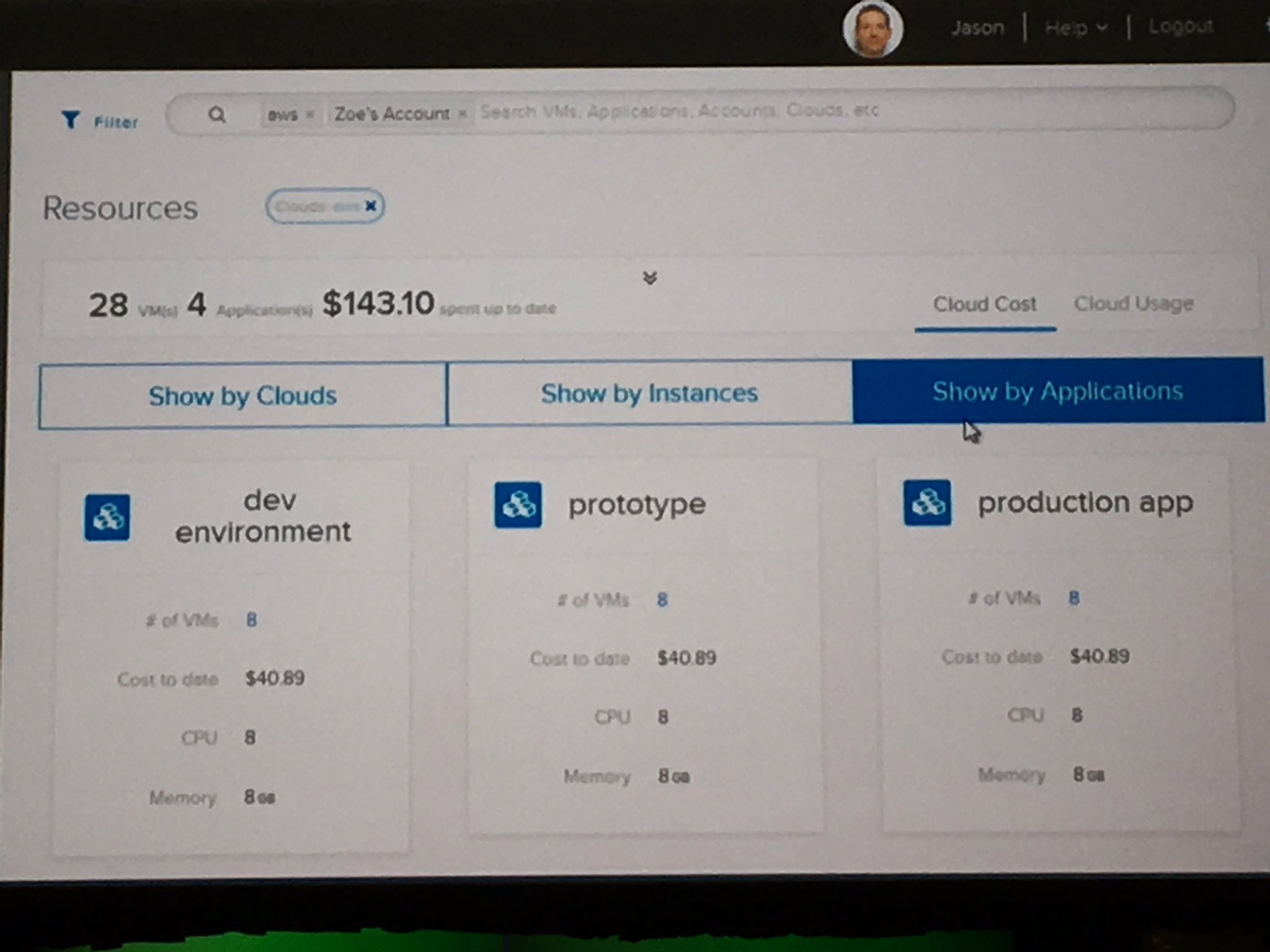
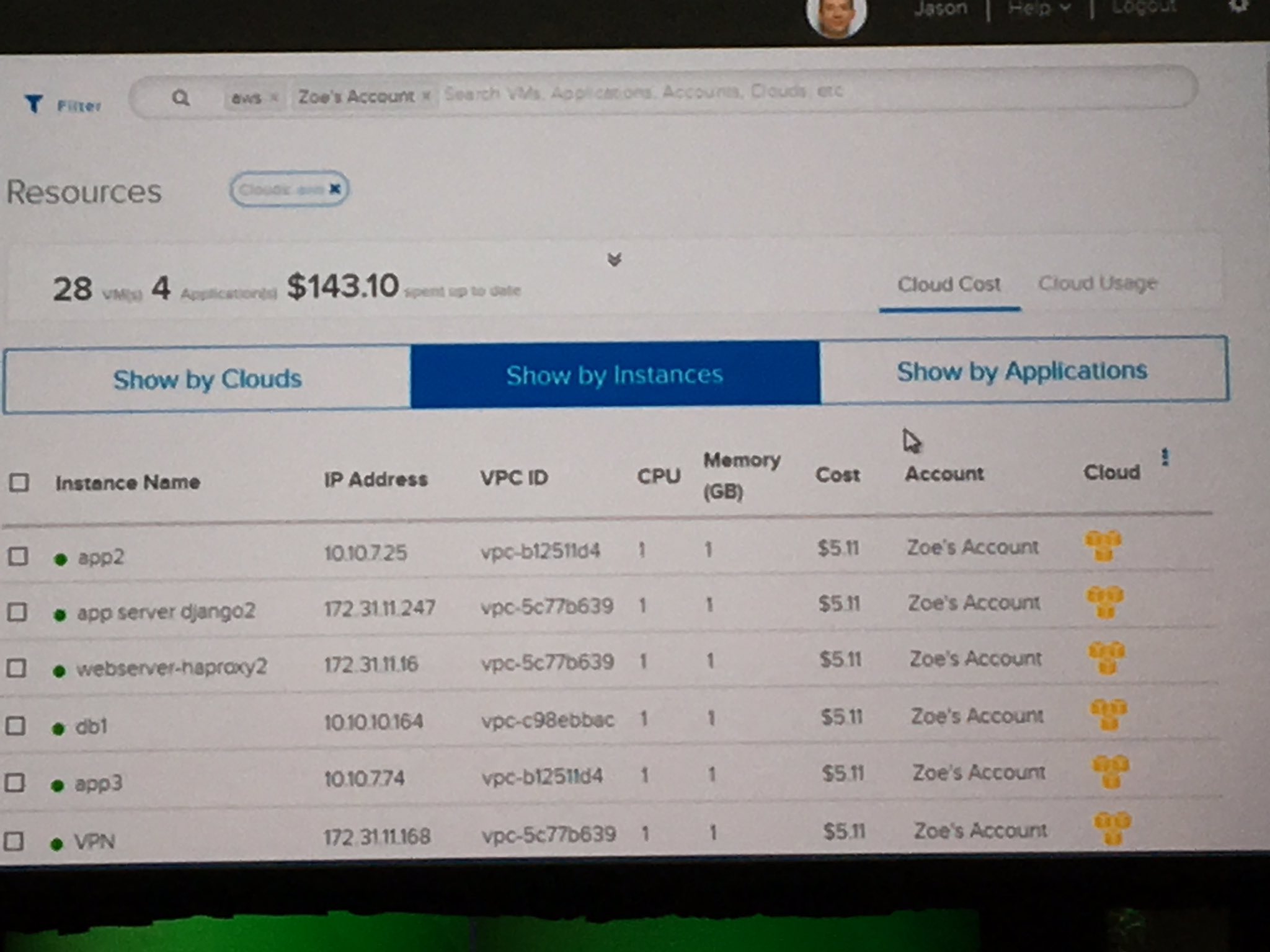
This is potentially big news from VMware. I truly believe we will move from enterprise silos of DBA, storage networks etc. to silos defined by clouds so your Azure team, AWS team etc.
If VMware can convince customers to buy a pan-cloud operational system, that could be very interesting. The problem is all the cloud companies are not equal and they want to provide the value add of the management of their clouds, whether VMware can achieve this with competitors remains to be seen and I would imagine everyone would like to get into the cross cloud management game.
Other announcements not really covered in the keynote were:
VMware vCloud Availability for vCloud Director
This will allow vCloud Air Network service providers to offer cloud-based DR services using vSphere replication.
VMware vCloud Air Hybrid Cloud Manager
The latest version of Hybrid Cloud Manager allows extending on-premises networks to vCloud Air over SD-WAN, so a stretched network. There is also zero downtime, bi-directional migration of entire apps, as well as migration of NSX security policies to vCloud Air Advanced Networking Services. VMware says customers can move virtual machines up to 20x faster with an optimised network.
Clouds
Back to clouds and some of my thoughts.
VMware hasn’t had a huge amount of success with its vCloud Air public cloud compared to AWS and Azure and in my opinion shouldn’t have competed against its own partners in the now vCloud Air Network. Add to that the conflict / competition with Virtustream. VMware says its customers asked for a VMware branded cloud which it then built based on request. They should have simply and politely said that’s not the best way and helped customers move to a VMware run cloud by a partner. Interestingly there is a big push to partner with IBM with Softlayer to do just this, I wonder whether the other partner are happy that IBM is getting all the cool stuff.
VMware may be struggling to run its own public cloud but with its clever NSX technology it is able to also do something else and is now moving aggressively into linking multiple clouds together.
VMware correctly realises that hybrid cloud doesn’t actually exist as a one-to-one relationship between a particular public and private cloud but customers are rather heading to a multi-cloud world where they will use the best cloud suited to the job, they may have some on AWS EC2, some containers somewhere, some on Azure, some private on premises vSphere, some private hosted vSphere with say IBM Softlayer or some public on vSphere via another cloud provider. NSX can tie all of these together at a secure networking layer. It may not be sexy but its a way VMware can start to manage multiple clouds. Having a cross cloud network security policy for firewalls is attractive.
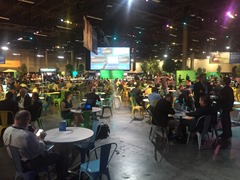 Part of the NSX use-case is policy based provisioning so your DevOps workflows can now create the cloud networks you need. I’m hoping we’re moving beyond the perceived need to vMotion VMs across clouds. Although that sounds like a great idea, its founded on the portability of an app being at the VM level. Apps are evolving to cloud native microservices. What we really need is to be able to instantiate the microservices in any cloud automatically and create the secure networks to link these microservices together.
Part of the NSX use-case is policy based provisioning so your DevOps workflows can now create the cloud networks you need. I’m hoping we’re moving beyond the perceived need to vMotion VMs across clouds. Although that sounds like a great idea, its founded on the portability of an app being at the VM level. Apps are evolving to cloud native microservices. What we really need is to be able to instantiate the microservices in any cloud automatically and create the secure networks to link these microservices together.
I would expect vRealize to start further embracing management of multiple clouds. Cloud has/will become the next enterprise silo with different processes and procedures managed by different internal teams. If one of the points of DevOps is to break down silos then we need to ensure we’re not creating future cloud silos.
Pat only briefly touched on hyper-converged which I see as the deployment model for 80% of standard on-premises infrastructure. It won’t replace everything yet but the days of curating your own disaggregated hardware and software stack is just not worth it. The simplicity of hyper-converged will win.
Michael Dell then came on stage to reiterate and reassure that all is well with the deal.
The general feeling was the announcements were not very impressive, perhaps we are expecting too much after big headline releases over the past few years but most people I spoke to felt meh. We’re not getting the VMware Cloud story, it doesn’t come across as a solution which is building on what’s come before but rather a finding anything that sticks.
What’s New with vCenter Server [INF9944R]
I had then planned to attend a session on one of the products I’ve written extensively about over the years, vCenter. After VMworld last year I had some things to say about the product management and direction of vCenter so was hoping to see how a year may have changed things. Unfortunately the session was oversubscribed so I missed out but caught up from a few people.
This was run by Vivienne Cleveland from FexEx, Jason Juha from Boeing and Madhup Gulati who’se the Product Manager from VMware.
The session focused on the vSphere 6 appliance and went through some of the new updates with the Update 2 release. Nothing too interesting that I didn’t know.
I was more interested in the tech previews of what’s coming up. At last year’s group discussion there was talk of higher availability for the VCSA and this was mentioned again. This is going to be an active-passive setup where vCenter can fail over to a warm standby in the same site. as I mentioned before this is a start but likely won’t satisfy the needs of companies that need to rely heavily on their management environment for cloud deployments or VDI and really need a scale out highly highly available environment.
VMware has also been hinting over the years that it will develop its vRealize Air management platform to include vCenter. Think vCenter in the cloud but nothing was apparently mentioned today.
Ask the vCenter Server Experts Panel [INF9083]
I then had the opportunity to hear more about vCenter from an expert panel.
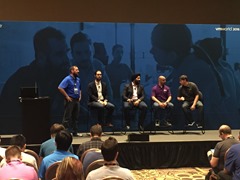 The panel consisted of all VMware employees including vCenter R&D Director, Dilpreet Bindra, Technical Marketing’s Ryan Johnson and SDDC Integration Architect Blair Fritz as well as TMs Emad Younis and Adam Eckerle who I have met a number of times.
The panel consisted of all VMware employees including vCenter R&D Director, Dilpreet Bindra, Technical Marketing’s Ryan Johnson and SDDC Integration Architect Blair Fritz as well as TMs Emad Younis and Adam Eckerle who I have met a number of times.
The session started going through the evolution of vCenter Server. They asked for a show of hands of who was running the VCSA and I would think 70% of the attendees said they were which surprised the panel (in a good way!). There was talk of further development of a migration tool for moving from 5.5 on Windows to the VCSA for vSphere 6.0 Update 2. They couldn’t say when it will be available but hinted it will be soon.
Also talking HA for vCenter, they are working on the Active/Passive HA for vCenter but did also mention that the ultimate plan is an Active/Active vCenter. Can’t wait!
As this was interactive, there were many questions, mainly about migrations and deployments but people generally happy with the VCSA. One of the quotes was “We’re working on pretty awesome performance things for VCSA.”
I have to say this session came across so much better than last year’s group discussion. I don’t know if it was just a change in people presenting but I really had the feeling that customer pain points were being looked at and vCenter limitations were acknowledged rather than dismissed. I can see there has been more of a focus for vCenter. I still think it has a (long) way to go but at least I see a future when a year ago I had lost some faith.
Grub
Food hasn’t been too bad.
NSX – The Network Bridge to the Multi-cloud Future [NET9989-S]
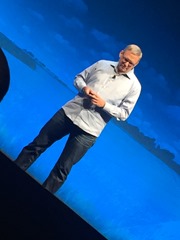 I then attended the session to expand on this morning’s announcements around NSX connecting multiple clouds together.
I then attended the session to expand on this morning’s announcements around NSX connecting multiple clouds together.
The session was run by VMware Chief Technology Strategy Officer, Guido Appenzeller and customer Isao Eguchi from Nomura Research Institute.
The session went through how networking is changing to support tomorrow’s applications, multiple hypervisors, multiple clouds, multiple platform architectures. Guido mentioned the first change is the software independence from hardware. He used the analogy of the PC which had a motherboard from Dell, CPU from Intel and OS from Microsoft. This hasn’t happened in networking until now. Network virtualisation is part of this disaggregation by being able to run software in the hypervisor.
The second change is the evolution of the application, applications today run as distributed systems. He went through the sales pitch that you still need a hypervisor for containers.
The future for NSX is connecting public and private clouds and running traditional and cloud native applications.
Scott Lowe did three great live demos showing creating NSX networks created from within Kubernetes with pods and firewall rules based on tags specified in a YAML file. Then native docker with NSX networks created by Docker commands. This uses a Docker network driver which then interprets the command and hands off the network provisioning to NSX. Lastly a demo with Pivotal Cloud Foundry, also creating NSX networks from within PCF.
Guido then went on to expand on morning keynote which is cloud networking. He showed how AWS and on-prem vSphere is linked together. There is an agent required which runs within the AWS instance which runs a small vSwitch.
NSX Manager, Controller and Edge can either be all on-premises or in a VMware Cloud which is the NSX SaaS management. I like the idea of infrastructure management from the cloud, NSX will have it soon, can’t wait for vCenter and vRealize.
I like the NSX workflow story for DevOps, allowing developers to use native tools and doing the network magic on the back-end. This means you can encode your corporate network policies centrally and have a consistent view across clouds.
Secure Digital Workspace of the Future: Embracing the Opportunities Presented by Enterprise Mobility in Financial Services [EUC9160]
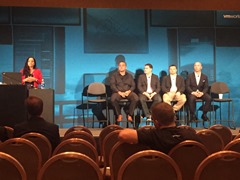 This was a session I was interested in as it covers the financial services industry where I currently work and also had my fellow London VMUGer , Simon Gallagher, presenting who I know has been doing a fairly extensive EUC deployment
This was a session I was interested in as it covers the financial services industry where I currently work and also had my fellow London VMUGer , Simon Gallagher, presenting who I know has been doing a fairly extensive EUC deployment
People talking about being on the 3rd version of their evolving VDI platform, trying to give the impression of persistent desktops but delivered by non-presistent desktops
Manasee Dash and Harry Labana from VMware hosted with Matt Casper from Prudential, Simon Gallagher from UBS and Billy Matkovich from First Data.
Any project, particularly EUC which covers a raft of VMware, Microsoft and Citrix technologies is going to be hard work and I know Simon has his work cut out for him.
The session was to talk about the shift in how financial companies operate from a user device perspective with smart phones, tablets and laptops used by remote/travelling workers and even entire remote branches.
Employees want smartphone connectivity to enterprise apps and data yet enterprises need to keep it all available, secure and cost effective. Financial companies are under some fairly strict regulations which impact how they can do IT.
What was interesting was hearing how all of the companies are using VDI in some form not to necessarily have a VDI deployment a but rather a single deployment model for local and remote workers. This may cost more than a physical desktop on a desk but gives them more flexibility.
One of the points was being able to be efficient with a deployment model by using non-persistent desktops yet providing a persistent desktop experience so you are not hampering your staff with a poor experience. App-V and App Volumes AppStacks were the tools of choice on top of VDI.
The balance is creating a VDI environment that is manageable at scale without reducing functionality to still give that usable experience.
VMs, Containers, and Mega-Clouds: Connecting the Dots [MGT10599-S]
I’ve been getting more involved in containers recently and so am wanting to hear more about how to navigate the choices of where to run containers.
VMware’s Cloud Management BU Boss Ajay Singh was joined by customers Marshall Holloway from SAIC and Campbell McClean from Bharti Airtel to share some of their cloud journey decisions.
Ajay had a picture (photoshopped obviously) showing him as a developer!
Campbell was particularly good customer presenter who mentioned they were in the middle of transitioning all their customer facing to apps to containers.
Marshall said SAIC train dolphins for the military! He also had a nice way to explain what they need from a container management perspective. “We need a conveyer belt that disciplines containers”
Project Admiral
We then had a tech preview of a new container management solution called Project Admiral which is a container management extension for vRealize Automation where you can automate the deployment of container hosts as well as containers. These can then be fed into blueprints to deploy any number of solutions and obviously tie into NSX etc.
Then we also had a demo of what looks like a great visualisation tool for NSX, we saw how you can trace flows trough the virtual as well as physical networks and look at network utilisation pretty pictures!
I’ve said numerous times the term hybrid cloud is limiting when we are really talking about multi-clouds so I was happy to hear Campbell and Marshall talk about the multi-cloud, hybrid application future.
Sessions I wanted to attend but couldn’t due to too much on at the same time, need to watch the recordings or find out what was said:
- Introduction to Containers as a Service [CNA7454]
- Spotlight on vSphere: Today, Tomorrow, and Beyond [INF9947-S]
- Digital Transformation – Technology & Business Futures, A CTO’s Perspective [CTO9978-S]
- Unik: A Platform for Automating Unikernels Compilation and Deployment [CTO7942]
- Storage for Virtual Environments – What’s new and What’s next for vSphere Storage
- Group Discussion: Cloud Native Apps: State of the Union [CNA7739-GD]
- Hands-on Introduction to VMware Cloud Foundation [ELW-1799-FEL-1]
- VMs and Containers: Extending Docker to vCloud Air [HBC8563]
- How to Set Up a Multicloud IT Portal to Deploy, Manage, and Control Applications on Private and Public Clouds [MGT8762]
#vFlipCup
I popped over to the now annual community focused #vFlipCup party which was sponsored by Actifio which I had recently written about in:
Basically a team beer drinking competition but its quite fun to at least watch!
ThunDRstruck Party with PernixData, Zerto and Nutanix
I also went over to the ThunDRstruck party with an AC/DC theme to see what PernixData, Zerto and Nutanix had to show. This was a sort of party to celebrate Nutanix’s announcement today it has gobbled PernixData.
#CXIParty
There’s no way I could miss going to Christopher Kusek’s #CXIParty. This was one of the original VMware community functions which has been seld over many VMworld’s and having done my first Tech Field Day event with Christopher, he’s one incredible guy. The oarty vuew was incredible over the strip.
Good night VMworld, 25420 FitBit steps today!

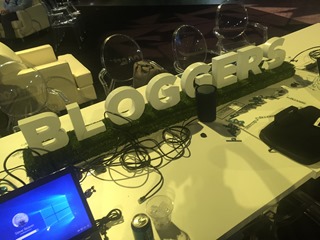
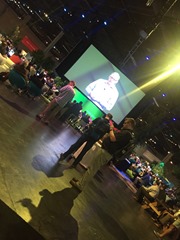


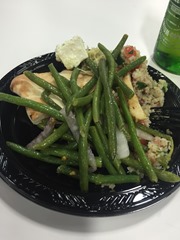
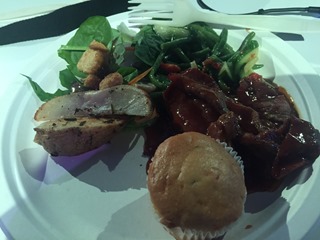
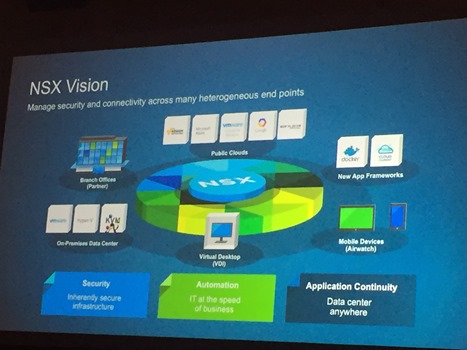
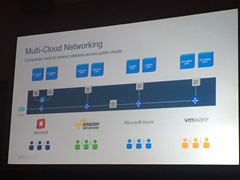
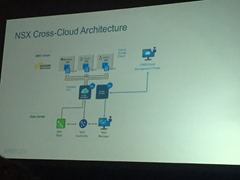
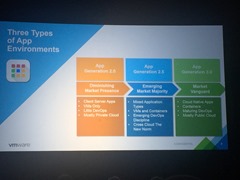
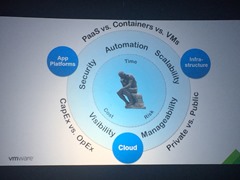
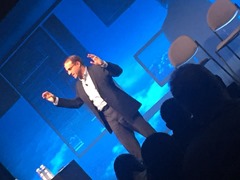
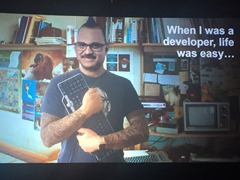
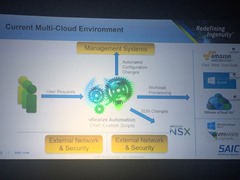
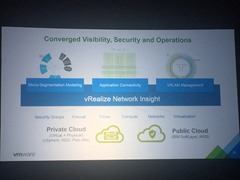
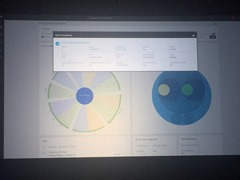
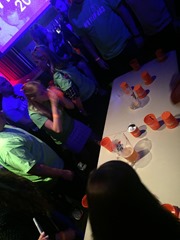
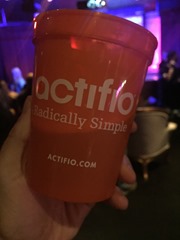


![20160830_030423844_iOS[5] 20160830_030423844_iOS[5]](http://www.wooditwork.com/wp-content/uploads/2016/08/20160830_030423844_iOS5_thumb.jpg)
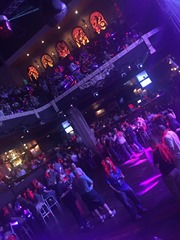




Recent Comments